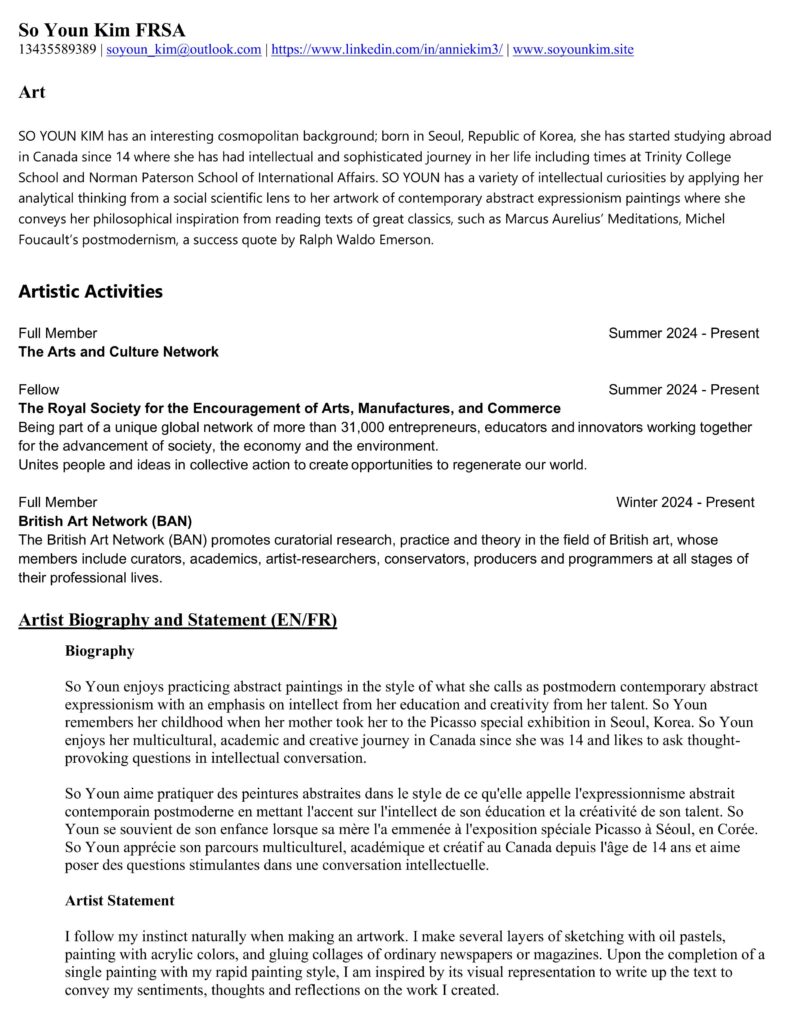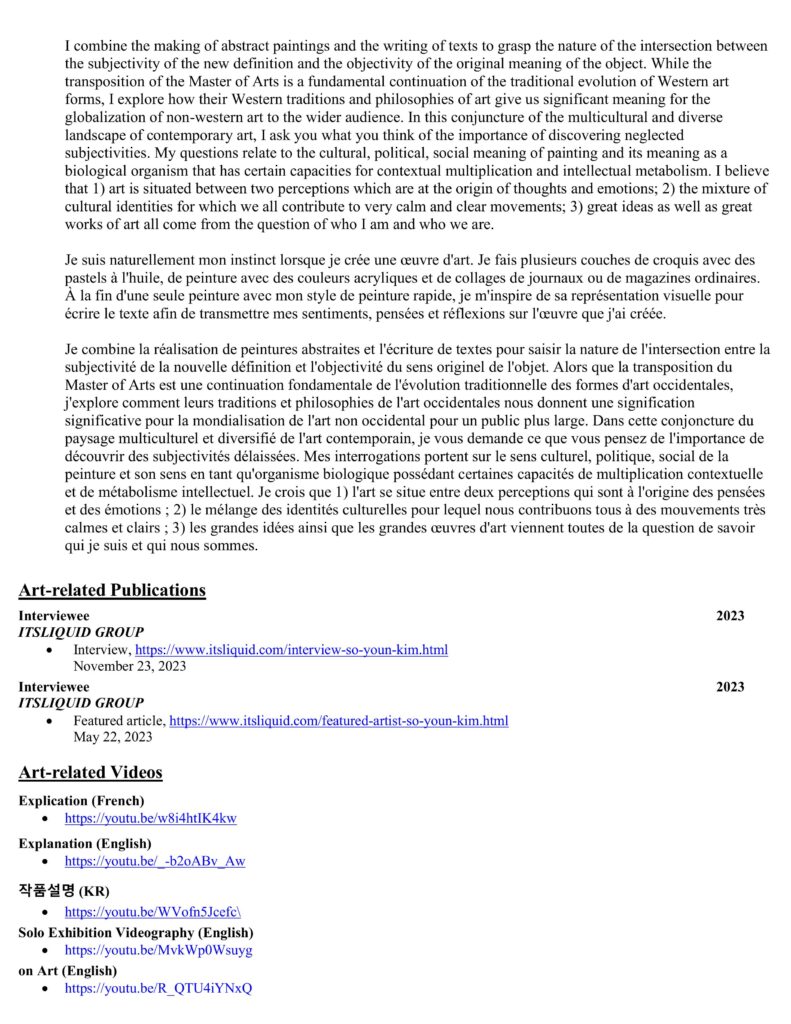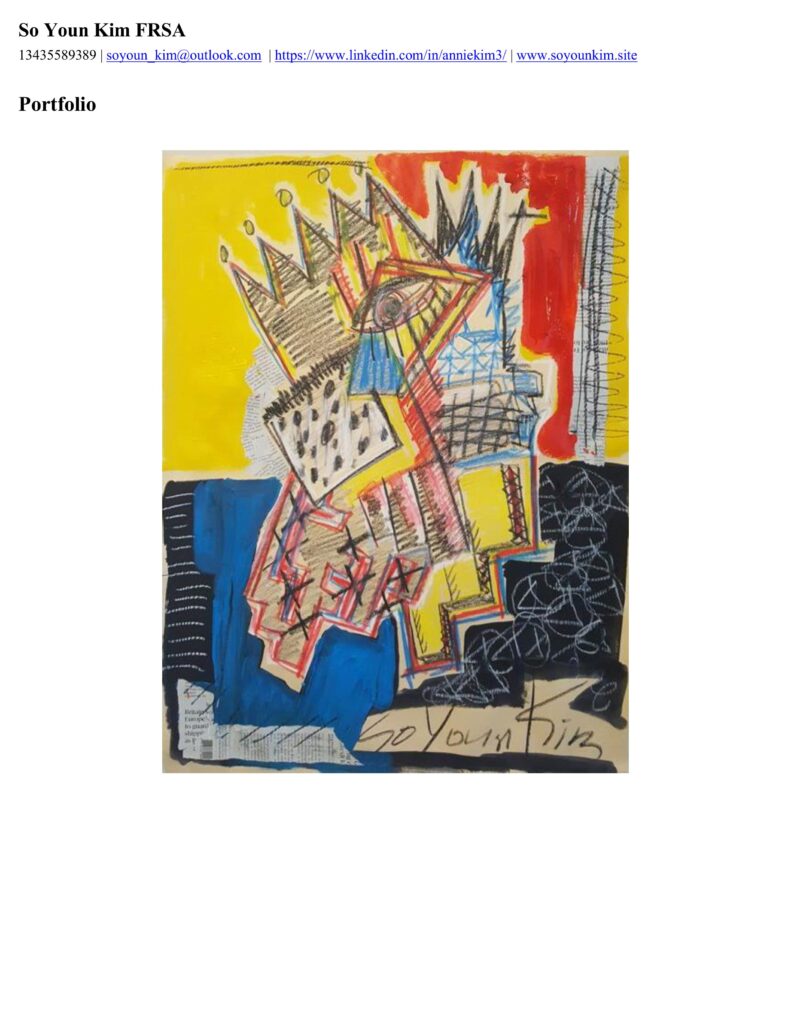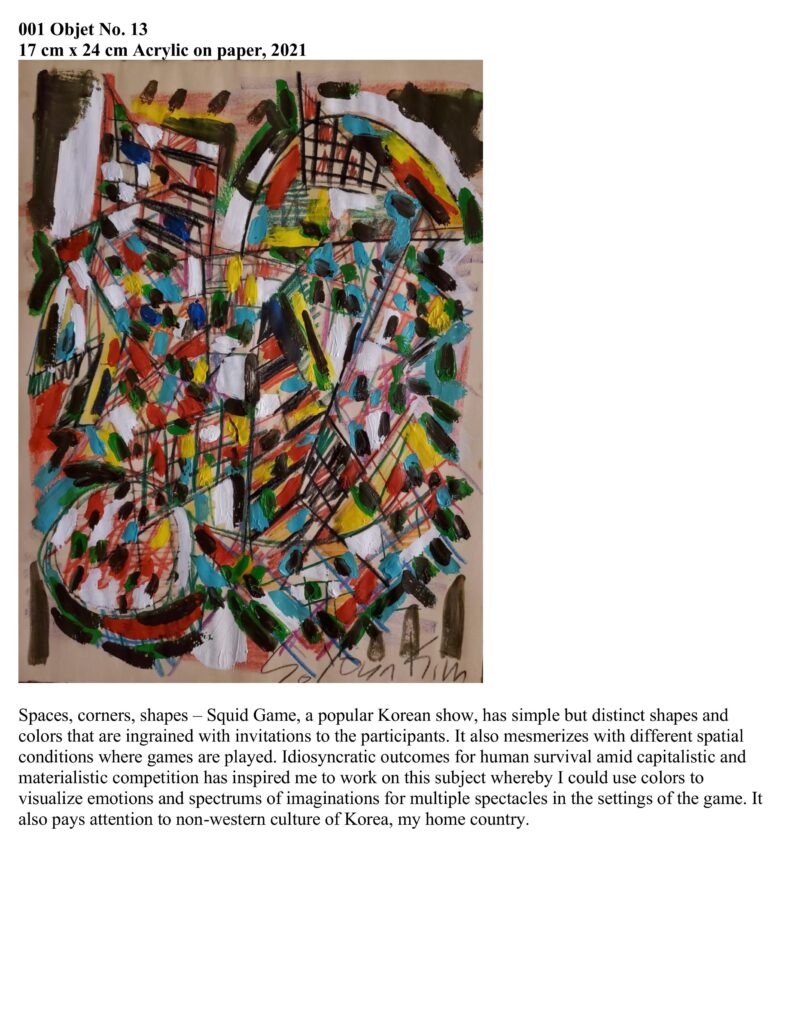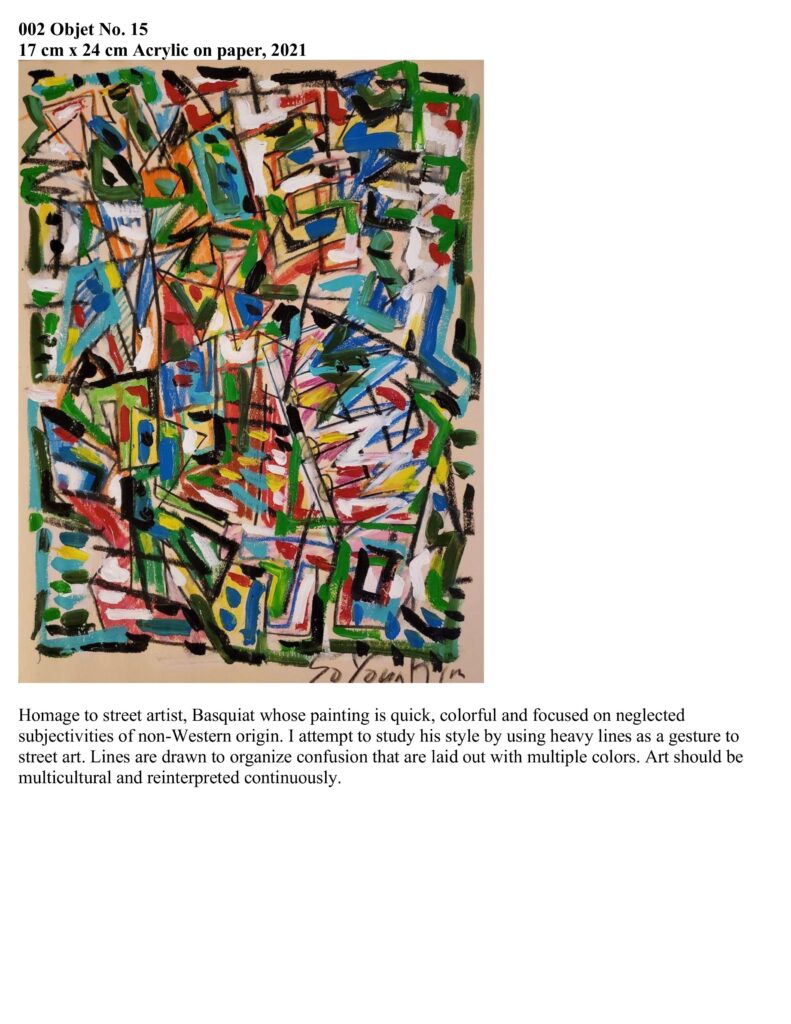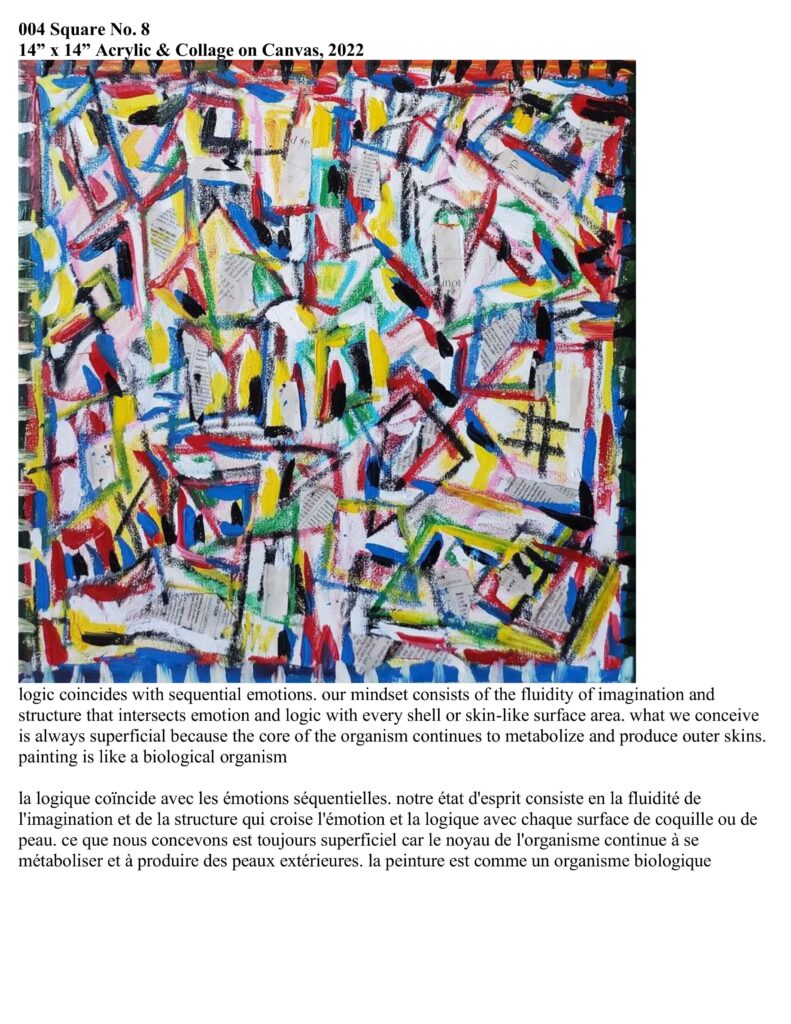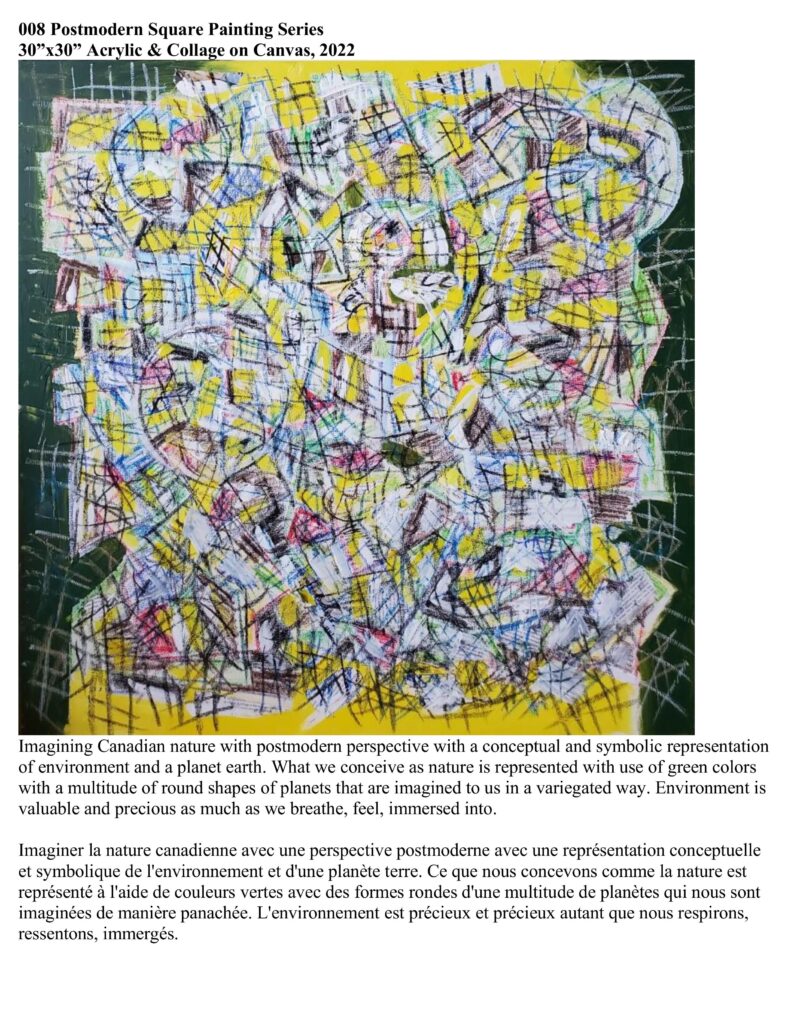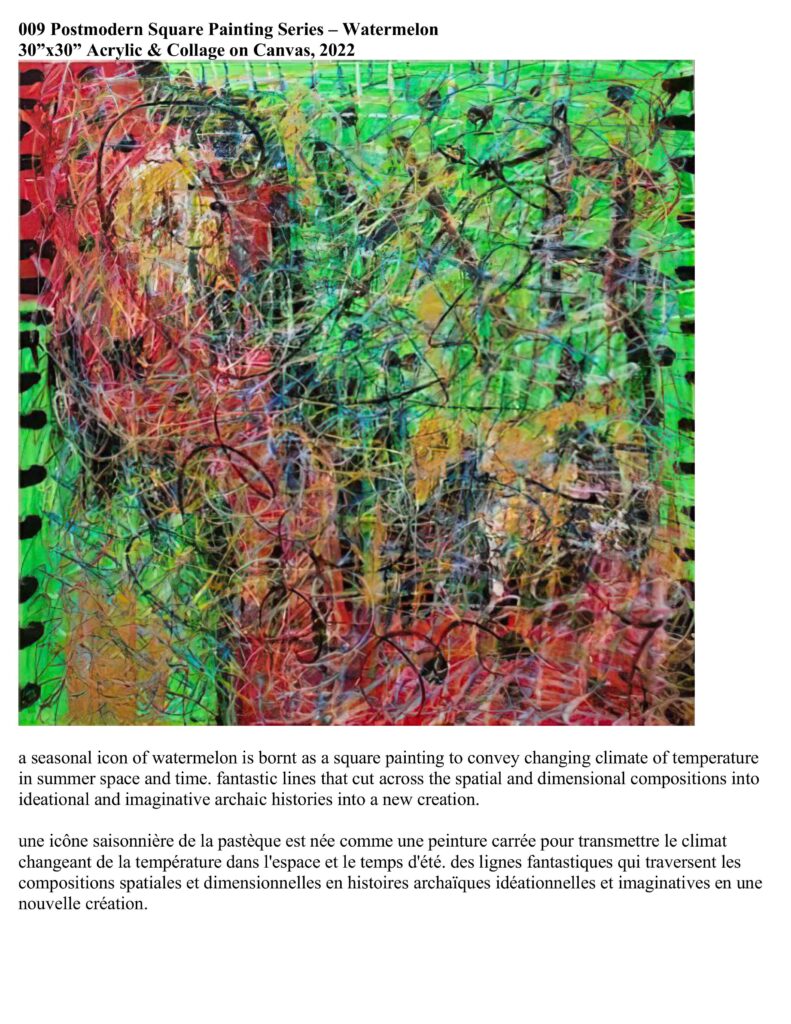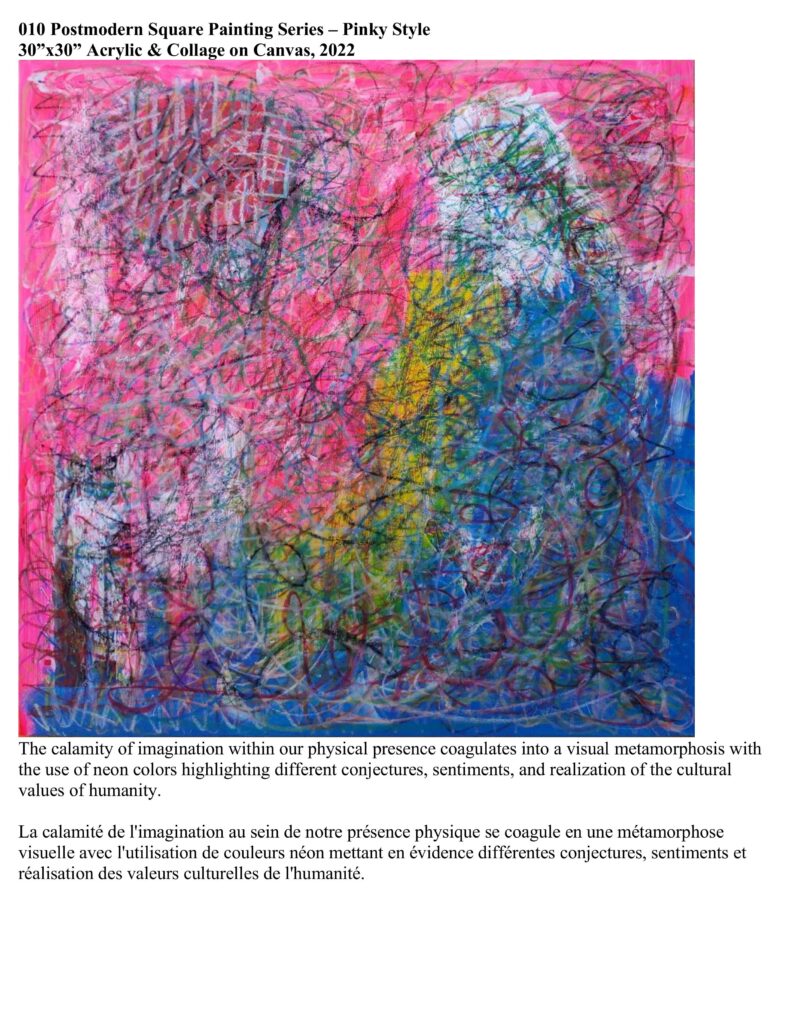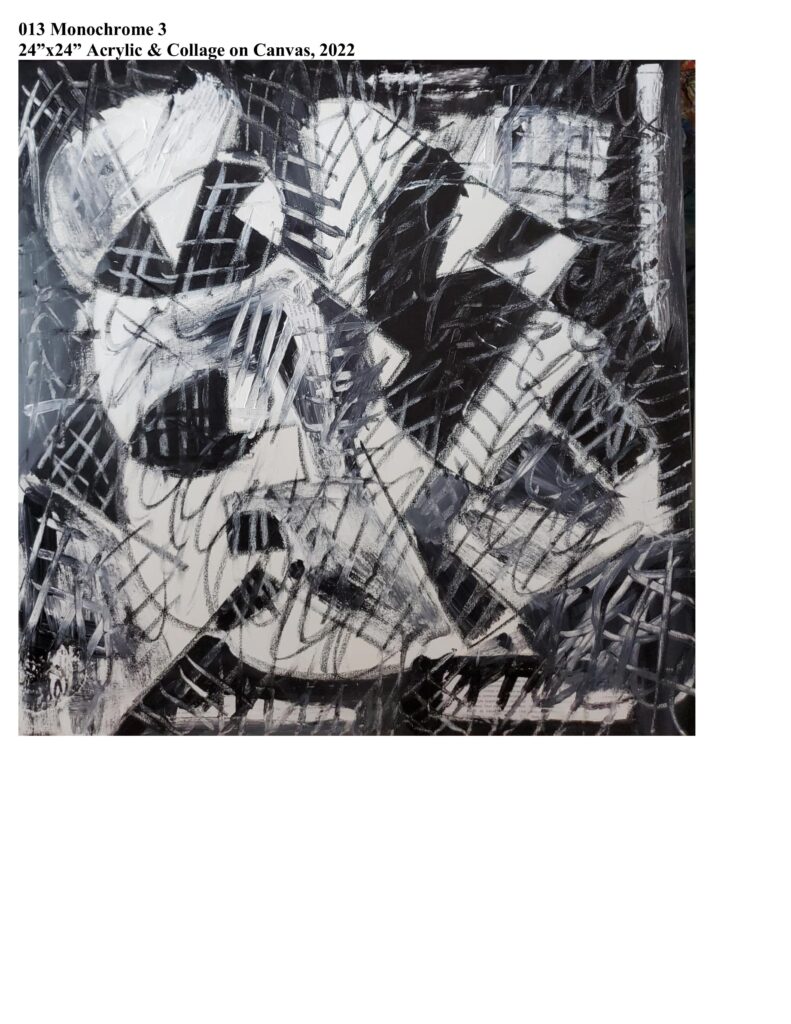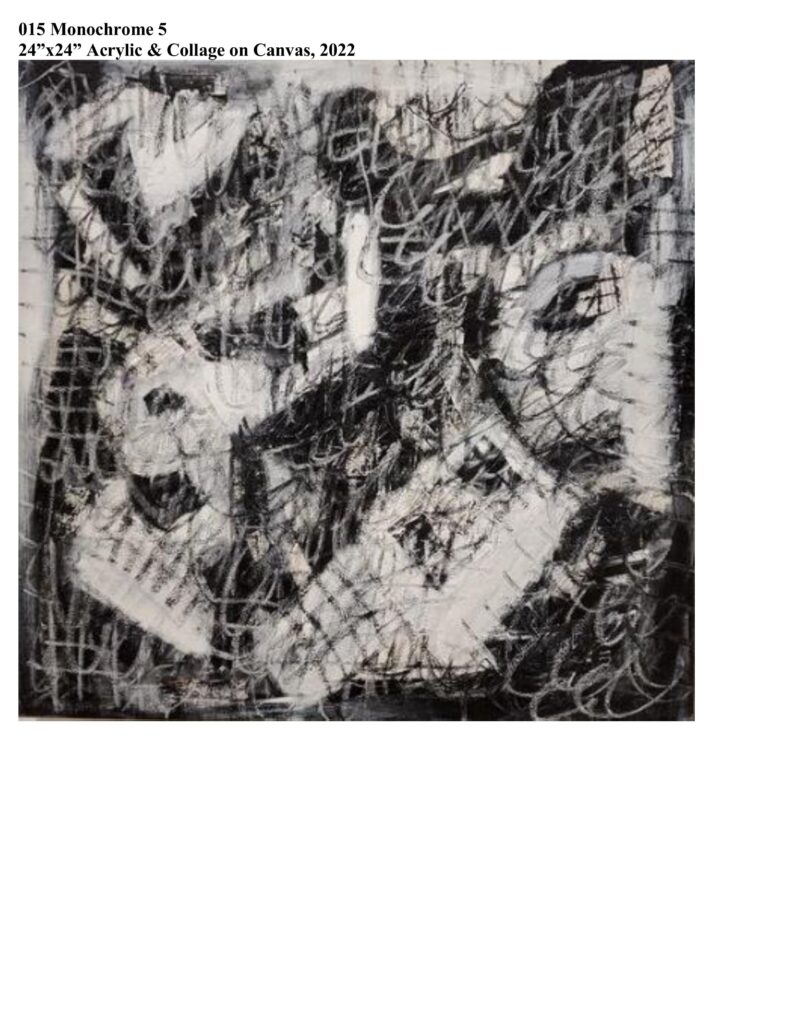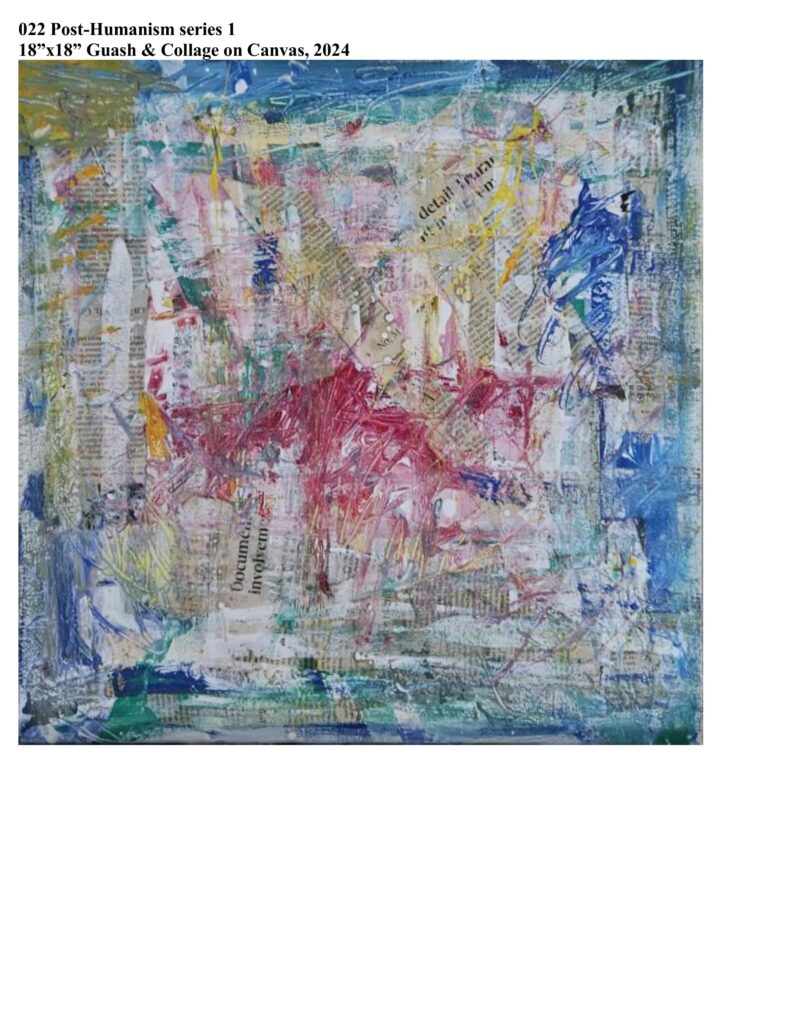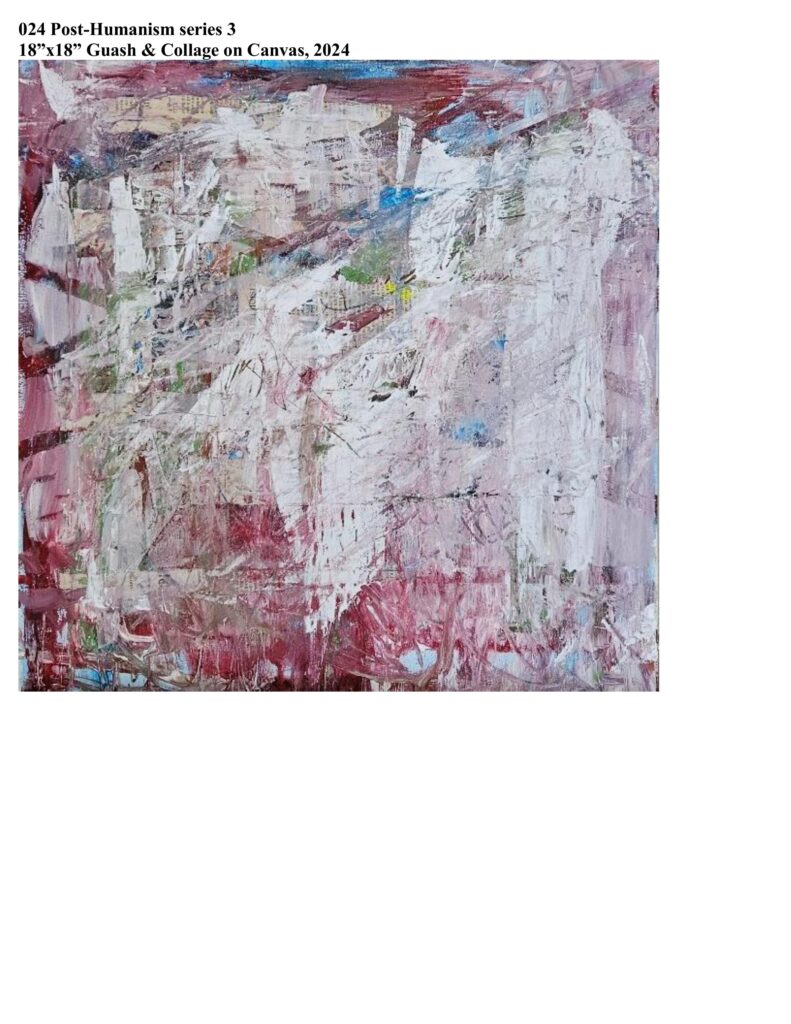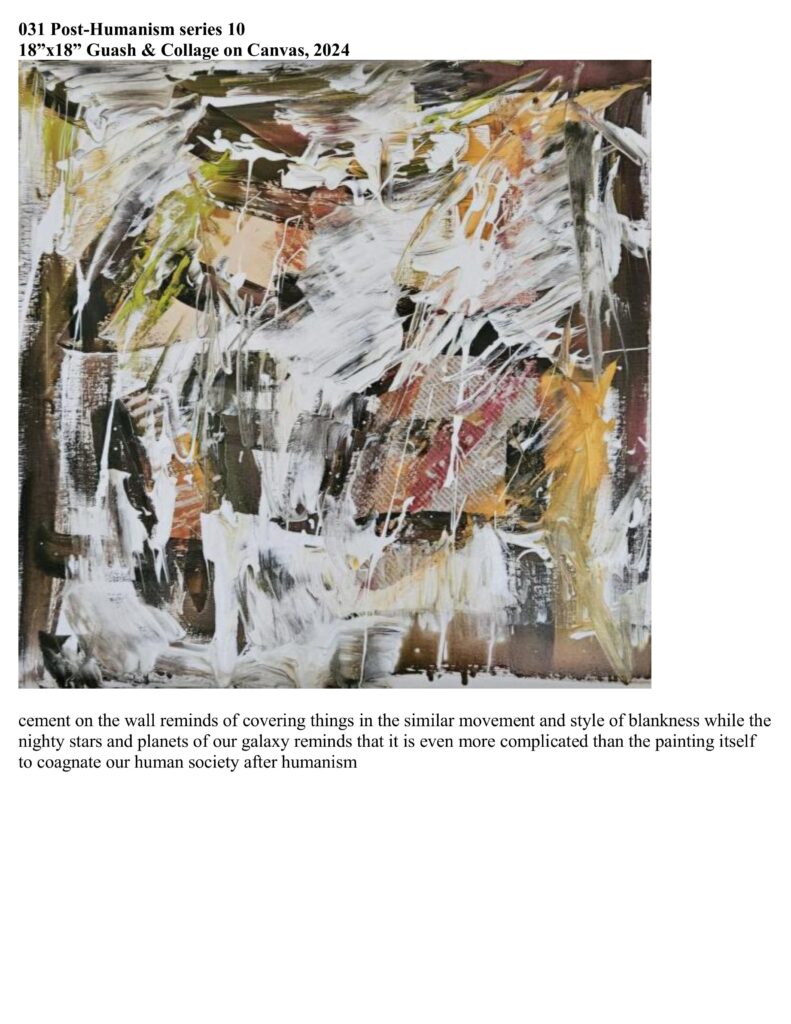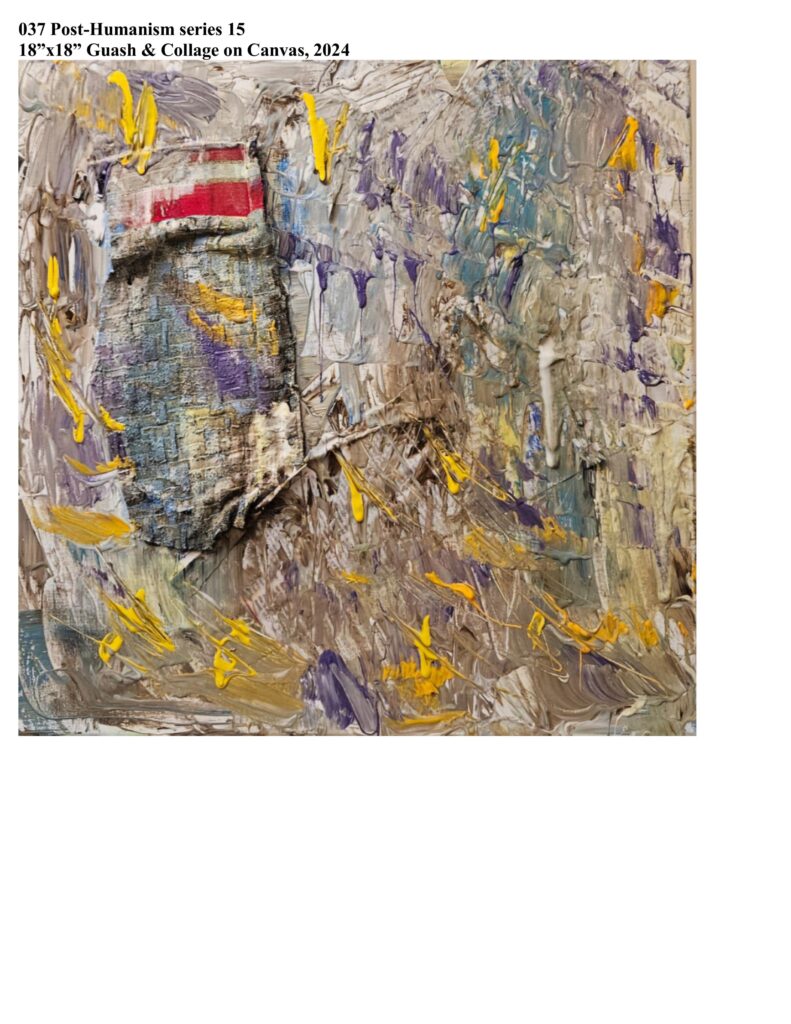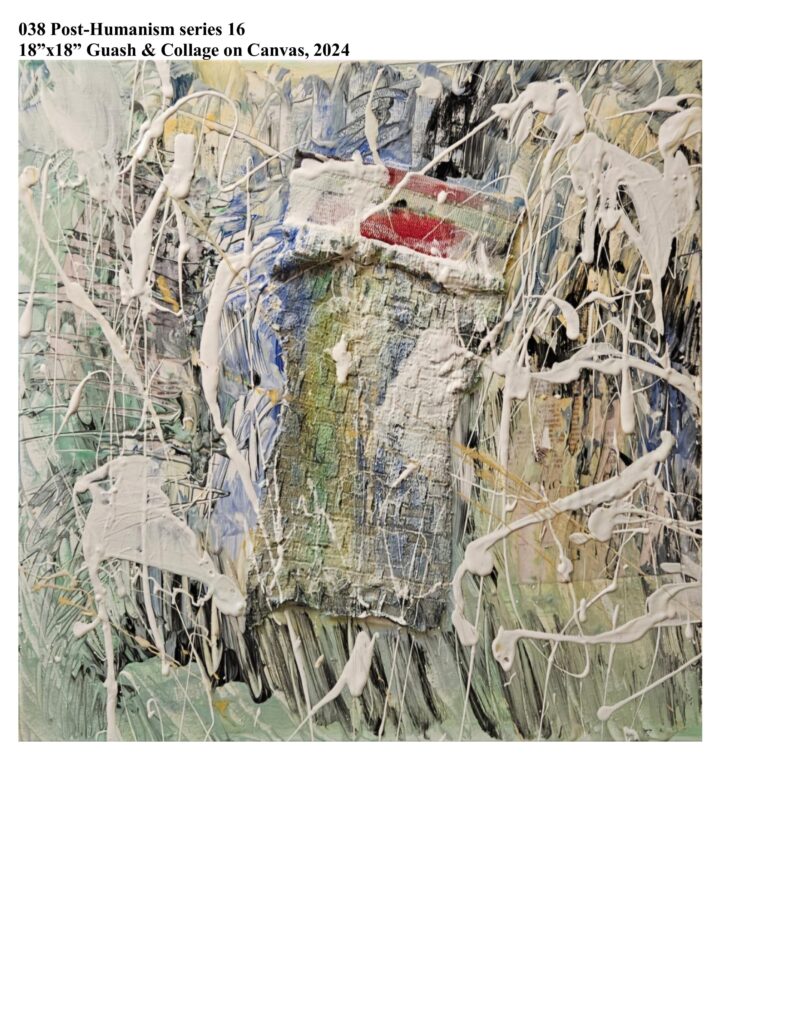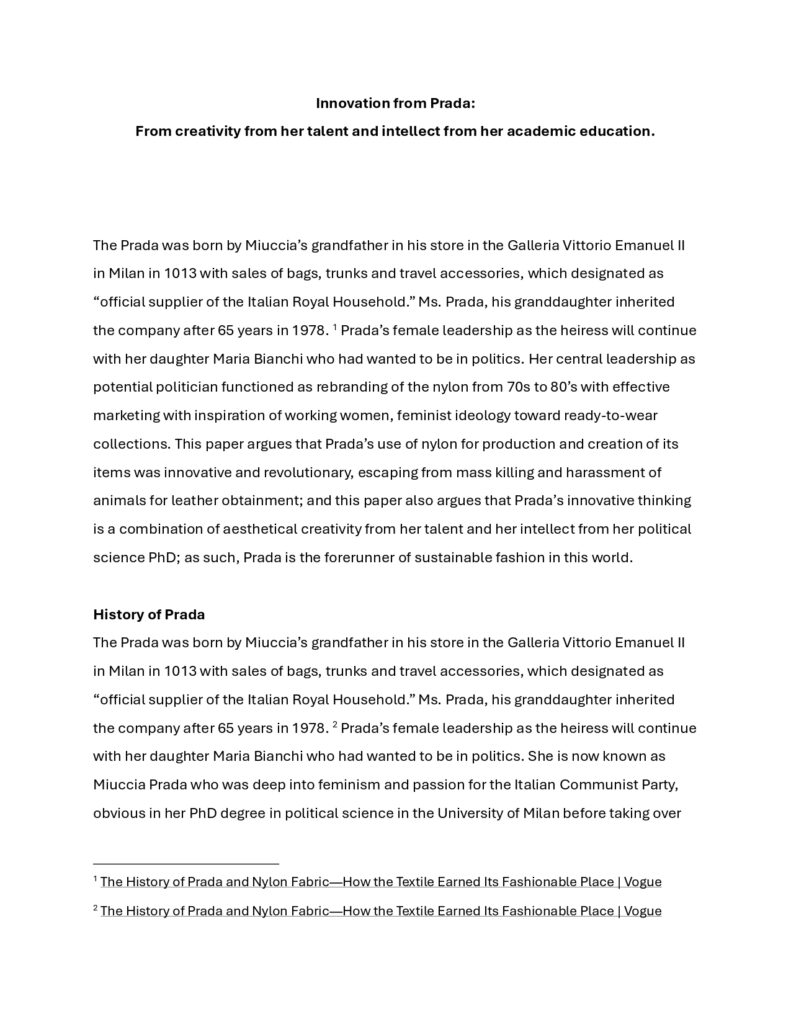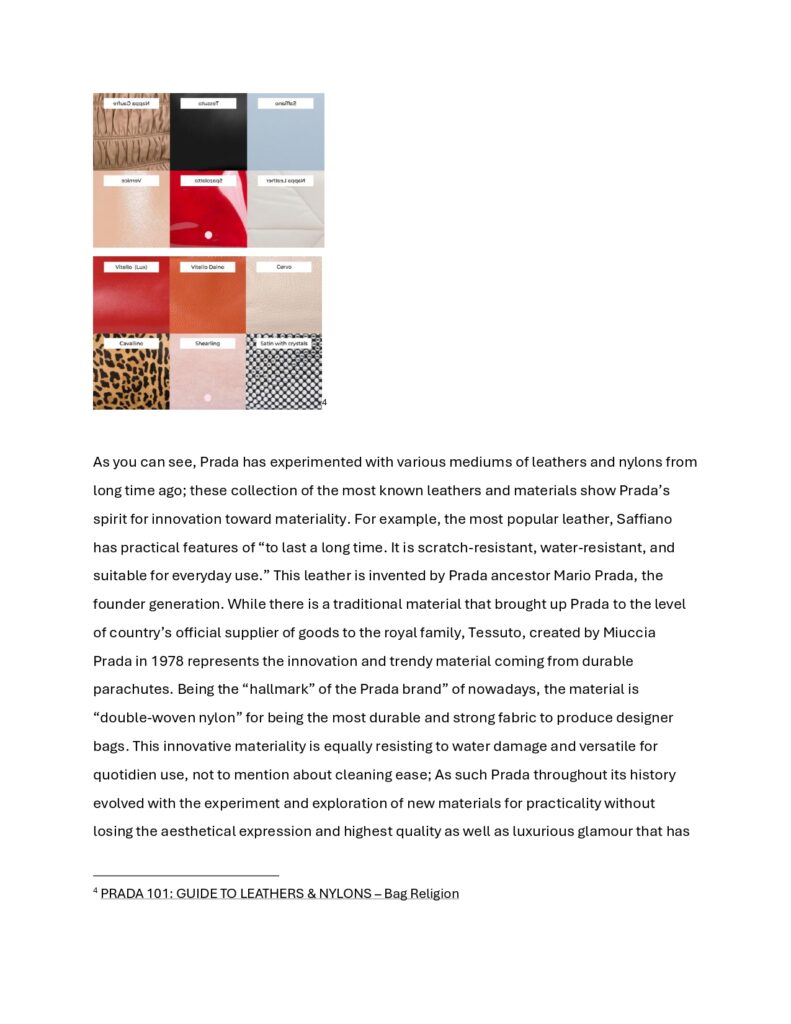Title: Lee Bul and the Sculptural Reimagining of the Met: Material Mastery and Cultural Dialogue

Abstract
Lee Bul is widely recognized as South Korea’s most prominent sculptor. This article examines and analyzes four of her major sculpture series created for the Metropolitan Museum of Art (the Met) in New York City. Through an exploration of their materials, conceptual framework, and spatial intervention, this study argues that Lee Bul’s work represents a highly intellectual and physical engagement with the museum’s history, architectural presence, and curatorial context. The article identifies four core aspects of Lee Bul’s practice in this project: (1) her interpretive dialogue with the Met’s permanent collection, especially American classical painting and the European tradition of metal armory; (2) her incorporation of advanced fabrication technologies such as 3D printing in collaborative studio settings; (3) her transformative role in animating the museum’s previously unadorned facade; and (4) her integration of temporal and stylistic evolution, merging classical, Cubist, and futuristic modes. This article ultimately contends that Lee Bul’s deep command of materiality and theoretical awareness contributes not only to her global stature as an artist but also offers a significant model for cosmopolitan engagement with public art institutions.
Introduction
In the canon of global contemporary art, Lee Bul occupies a distinctive position as a multidisciplinary sculptor who bridges aesthetic traditions with political narratives. Her engagement with the Metropolitan Museum of Art in New York—an institution emblematic of both Western cultural authority and cosmopolitan inclusivity—was an ambitious undertaking. The four sculptures she produced for the museum were not merely installations; they were conceptual interventions that reconfigured how the institution’s facade and context might be perceived. In doing so, Lee activated material, historical, and symbolic registers that call for a deeper interpretive reading.
This article examines how Lee Bul’s sculptures engage with the Met’s internal collections, architectural presence, and public identity. Drawing upon her long-standing preoccupation with the body, identity, and technology, Lee’s sculptures become more than decorative objects; they become philosophical propositions. Through her reinterpretation of masculine-coded materials, collaborative production processes, and spatial positioning, Lee Bul asserts both a personal narrative and a broader meditation on art’s public role.
- Met Collection as Conceptual Archive
Lee Bul’s approach to creating her sculptures for the Met began with deep research into the museum’s existing collections. Her process was both analytical and intuitive: she spent extensive time walking through the museum’s galleries, consulting with curators, and reflecting on how historical objects influence contemporary meaning. The result was a nuanced dialogue between her work and the museum’s holdings.
Her sculptures CTCS 1 and CTCS 2 demonstrate references to both the classicism of Western sculpture and the medieval weaponry found in the museum’s Arms and Armor Department. These works echo the aesthetic codes of armory and shields, composed of metallic surfaces that signify both protection and aggression. Historically associated with masculinity and warfare, these materials are reconfigured by Lee into forms that suggest vulnerability, hybridity, and introspection. Through this reappropriation, she challenges traditional gender narratives, suggesting that the sculptural form can encompass both strength and tenderness.
One notable visual reference comes from the painting “America Today” by Thomas Hart Benton, which represents industrial strength and modernist optimism. Lee’s response, however, is critical rather than celebratory. Her sculptures capture the tensions between mechanical mass production and organic human form. The nod to industrial materials—iron, steel, and composite alloys—evokes the spirit of American industrialization while also critiquing its dehumanizing tendencies.
Furthermore, Lee’s appreciation for the Art Deco architecture of New York City, such as the Chrysler Building and the Empire State Building, informs her stylistic choices. The linearity, polish, and futuristic optimism of Art Deco are embedded in her sculptures, creating a formal language that mirrors the city’s skyline. Her works thus function as both homage and critique, grounded in historical awareness and spatial sensitivity.
2. Embracing Technological Innovation
Although Lee Bul belongs to an earlier generation of contemporary artists, her studio practice is remarkably adaptive to technological change. For the Met commission, she employed advanced fabrication techniques including 3D modeling and printing. This allowed for greater precision and formal complexity, as well as the capacity to scale up her ideas into monumental forms.
The use of 3D printing technology is particularly notable in how it enabled Lee to experiment with balance, texture, and weight distribution. Working with a team of younger studio assistants, she orchestrated a collaborative environment that mirrored the very ethos of the Met: an intergenerational dialogue shaped by shared curiosity and expertise. The collaborative nature of this production process underscores the collective labor that goes into public art.
Beyond fabrication, Lee’s use of technology carries conceptual weight. The digital modeling of organic and semi-organic forms allows her to blur the boundary between the machine and the body, a recurring theme in her oeuvre. In these sculptures, the mechanical does not overpower the human; rather, it becomes a vessel through which vulnerability, beauty, and uncertainty are expressed.
The sculptures’ resilience—designed to withstand environmental stress on the museum’s exterior—is another testament to her technical acumen. The materials used, such as marine-grade stainless steel and carbon fiber composites, reflect her deep knowledge of both engineering and aesthetics. These material choices ensure that the sculptures remain intact while undergoing inevitable interactions with weather, light, and time.
3. The Façade as a Site of Cultural Dialogue
The facade of the Metropolitan Museum of Art is among the most iconic institutional faces in the world. Its neoclassical architecture exudes permanence, authority, and gravitas. Yet, for all its grandeur, the facade had long remained visually unadorned—a blank canvas awaiting activation. Lee Bul’s project offered a way to animate this space without overwhelming its architectural language.
By installing four sculptures that evoke abstracted forms of dogs, angels, and human torsos, Lee provided a new “face” to the museum. The black-and-white contrast in her CTCS series recalls dualities central to art history: light and dark, life and death, male and female. The choice of canine figures is particularly meaningful. In many cultures, dogs symbolize guardianship, loyalty, and spiritual companionship. Positioned on the museum’s facade, they appear as sentinels watching over a cultural sanctuary.
The human torso motifs in her sculptures echo classical sculpture traditions while deconstructing them. These forms are intentionally fragmented, referencing both Cubist and Futurist styles. The sculptures resist a singular interpretation; they invite viewers to contemplate what is absent as much as what is present. Through abstraction, Lee challenges the museum-goer’s expectations of monumentality and representation.
Lee’s installation serves as a form of cultural “surgery” on the museum’s architecture—not in a destructive sense, but in one of constructive enhancement. She repairs the visual absence on the facade by introducing sculptural presence. This act of “finishing the unfinished” is both symbolic and practical, bridging the gap between historical architecture and contemporary expression.
4. Temporal Narrative and Stylistic Evolution
One of the most compelling aspects of Lee Bul’s installation is its temporal layering. Rather than present a single, unified visual statement, her sculptures unfold as a sequence—each suggesting a different moment in time, a different mood, and a different conceptual anchor.
In interviews and artist statements, Lee has emphasized that her black-and-white sculptures represent classical and Cubist aesthetics, respectively. The gradual evolution in form, from the figurative to the abstract, mirrors the evolution of sculpture as a discipline. This temporal logic aligns with her broader artistic vision, which often incorporates themes of history, memory, and speculative futures.
The progression from human to non-human, from form to shadow, and from solidity to transparency, allows the viewer to engage with the sculptures over time. Rather than offering an immediate spectacle, Lee’s works reward prolonged observation. They become part of the viewer’s own temporal journey through the museum space.
In this sense, Lee Bul’s sculptures do not merely adorn the museum; they narrate its passage through time. They resonate with the institution’s evolving mission to include diverse voices, to question established canons, and to embrace interdisciplinary practices. The ambiguity in her titles, materials, and forms reflects a deliberate strategy: to avoid closure, and instead, to foster continuous interpretation.
Conclusion
Lee Bul’s sculptures for the Metropolitan Museum of Art stand as powerful examples of what contemporary public art can achieve. They are intellectually rigorous, materially innovative, and contextually sensitive. By engaging deeply with the museum’s collections, its architectural form, and its symbolic power, Lee has created a body of work that transcends decorative function.
Her sculptures synthesize history, technology, and emotion in ways that invite both contemplation and critique. They challenge traditional notions of gender, power, and monumentality while offering new possibilities for institutional identity and public engagement. Lee Bul’s project at the Met thus exemplifies the best of contemporary sculpture: grounded in tradition, open to innovation, and unafraid to ask difficult questions.
Her mastery of material and metaphor situates her within the lineage of great sculptors while also charting a new course for what art in public institutions can mean today. Through her work, the facade of the Met becomes not just a face, but a voice—speaking to past legacies, present complexities, and future imaginings.
Endnotes
- For a comprehensive overview of Lee Bul’s career, see Joan Kee, “Contemporary Korean Art: Tansaekhwa and the Urgency of Method” (Minneapolis: University of Minnesota Press, 2013).
- Thomas Hart Benton’s “America Today” is permanently housed at The Met; see https://www.metmuseum.org/art/collection/search/488315.
- On the architectural significance of Art Deco in New York, see Anthony W. Robins, “New York Art Deco: A Guide to Gotham’s Jazz Age Architecture” (Albany: Excelsior Editions, 2017).
- For Lee Bul’s own reflections on her studio practices and collaborations, see her interview in ArtAsiaPacific, no. 118 (2020).
- For a discussion of material durability in public sculpture, see Harriet F. Senie, “The Tilted Arc Controversy: Dangerous Precedent?” in Public Art by the Book, ed. Barbara Goldstein (Seattle: University of Washington Press, 2005).
- On symbolic representations of dogs in art, see Elizabeth Young, “Pet Love: How Dogs and Cats Became Our Best Friends” (Cambridge: Harvard University Press, 2001).
- For theoretical frameworks on temporality in contemporary art, consult Amelia Jones, “Seeing Differently: A History and Theory of Identification and the Visual Arts” (New York: Routledge, 2012).
- For more on abstraction in modern and contemporary sculpture, see Anne M. Wagner, “Mother Stone: The Vitality of Modern British Sculpture” (New Haven: Yale University Press, 2005).
HUMAN Aesthetics: Art philosophy and theory writing by SO YOUN KIM FRSA
HUMAN Aesthetics
SO YOUN KIM FRSA
The human aesthetic has foundational elements:
- Physiological pleasure right at sight
- Subsequent healing moment of human fatigue from everyday life escape
- Triggered mindset of explaining verbally and orally the marvelous impressions
- A sense of ownership to make it only private to me
- Attempt to continue to feel and find similar pleasures in different locations and work, seeking more pleasures
This is an episode I obtained when I saw a renaissance painting at the National Gallery of Canada. First, I felt pleasure intuitively and sensibly at the painting which satisfies my visual happiness. Then, I felt healed from the everyday mundane life that was tedious and boring but financially rewarding with revival and continuation of daily routine to uptight. Then, I became motivated to explain and express my visual pleasure in a descriptive and comprehensive way, which is sharing of experience I had find pleasure with others to find the pleasure of sharing my timely practice of appreciating a beautiful piece of work in front me; then I desire to own it so that I can myself only available to this private work; there are more steps of visual pleasure experience for sure but after I aim to find similar work that inspire me to make one for myself or appreciating similar types of pleasure, in different locations and seeking more pleasures in different opportunities. This is seemingly like having an interest in certain things, falling into it and then seeking different thing at the end so that there are actually more than a number of paintings I can equally and similarly appreciate that visual pleasure.
The physicality and sensuality
The apex of human pleasure comes from the physical interaction by touch and sensuality that one feels through interaction with emotions, pensees, and flashback from the memory of similar sentiment one feels from one’s experience in the past; sensuality and physicality of artwork comes from how visually strong the art conveys its not only ideas but also visual components, which are textually explained and classified as figures, frames, compositions, symbols, lines, strokes, marks and others. The sensuality comes from all included in our visual pleasure; it mesmerized into the ambience and airy surrounding happiness we feel at the sight of the artwork we see and feel touched; contemporary art is also conveying the social messages with certain gestures of minimalist styles and abstract expressionism; but right kind of human nature feeling sentiments come from how we are like in that picture; in this way, abstract expressionism painting is devoid of human remnants in its surface and this is what we have to reflect back and forgive ourselves of decaying pleasure of right kind we use to feel from classical art and architecture in our civilization time. It takes enormous time for people to create the style of masters and to be efficient and effective and commercialized, we change our method to be simple for popularism and mass production to the extent of consumption and human society devoid of substance of quality but numbers and statistics of scientific mass.
Portfolio: WORK Compilation by SO YOUN KIM FRSA
Philosophical Optics on the Humanity
International Affairs and Art: Speculation on the Visual Culture
Manifesto
Innovation from Prada: From creativity from her talent and intellect from her academic education
Useful work experience as a rail road worker; deepened understanding of supply chain with Zara’s success and innovation
Same can inside different material: Andy Warhol’s choice of Tomato soup over Caviar and the implications of the art scene after
Redefining the luxury: AMAZON’s quality proven products impressing global audience from customer view
Different drama and aged in two geniuses of Mozart and Beethoven and their two different classical music style



Transcending academic Alvin Toffler: lesson of business from factory worker experience



Art teaching
Art Course – Abstract Painting 2025 WINTER
Instructor: SO YOUN KIM
Email:
Course description: the course is designed to learn abstract expression paintings based on imaginative insights from reading philosophical texts; students are expected to explain the inspirations they get from texts to express themselves into the form of abstract paintings, which comprise of design, color, line and shapes. Everyone regardless of experience level is welcome.
Learning outcome: as a result of taking this course, students will:
- Learn how the principles and elements of design can enhance their current artistic practice
- Understand how reading texts aid in their inspirations and creativity for making paintings of abstract style
- Apply different techniques and mediums to make their paintings more interesting in a freestyle
- Discover their styles at a time
Course format: each class will begin students who bring their own texts in a paper copy and create paintings based on their insights and inspirations in an imaginative way; after paint making, we will have critique and share their experiences and perspectives with descriptions as well as discussion of new techniques learned.
Course schedule:
| Week | Topic | Texts |
| 1 | Focus: read the text and describe it into art | Class given: John Ruskin paragraph 1 |
| 2 | Focus: read the text and imagine of the ideas into art | Class given: John Ruskin paragraph 2 |
| 3 | Focus: read the text and paint the inspirational energy into art | Class given: Roger Fry paragraph 1 |
| 4 | Focus: learn techniques of abstraction | Class given: Roger Fry paragraph 2 |
| 5 | Focus: read the text and think of critique of text into art | Student choice of text 1 |
| 6 | Focus: think of colors in art making text | Student choice of text 2 |
| 7 | Focus: think of lines in art making text | Student choice of text 3 |
| 8 | Focus: think of shapes in art making text | Social science text 1 |
| 9 | Focus: think of textures in art making text | Humanities text 1 |
| 10 | Focus: think of everything in art making text | Final critique |
| Conclusion | Apply everything from the past weeks into art making | Learning experience sharing and summing up |
Selected resources:
John Ruskin text: Selected Writings
https://www.gutenberg.org/files/15200/15200-h/15200-h.htm
Roger Fry text: Vision and Designs
https://www.gutenberg.org/files/54154/54154-h/54154-h.htm
The Communist Manifesto by Karl Marx and Friedrich Engels
https://www.gutenberg.org/ebooks/61
Thus Spake Zarathustra: A Book for All and None by Friedrich Wilhelm Nietzsch
https://www.gutenberg.org/ebooks/1998
Class Evaluation:
Will be sent by email from
Incremental weather:
If the class is cancelled due to weather, it will be posted on the school website; in case of hazardous weather, we may also decide to cancel the class. https://www.artottawa.ca/

